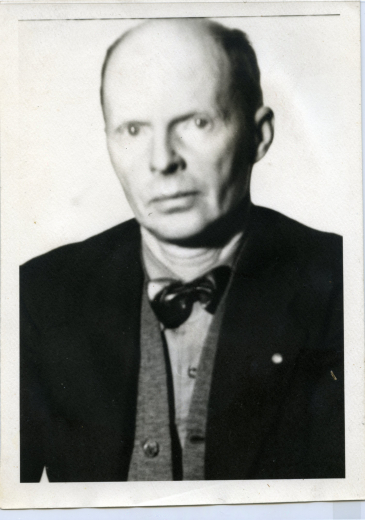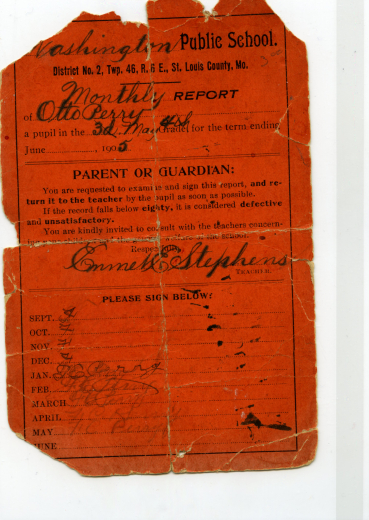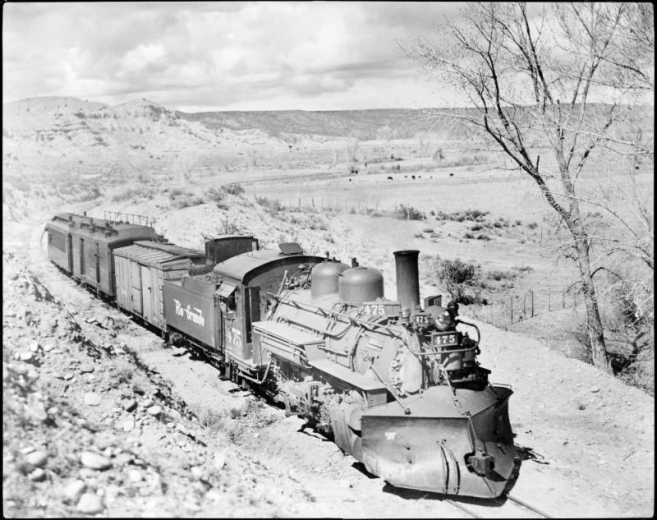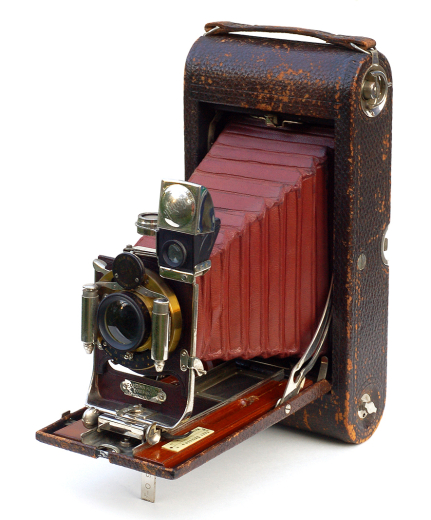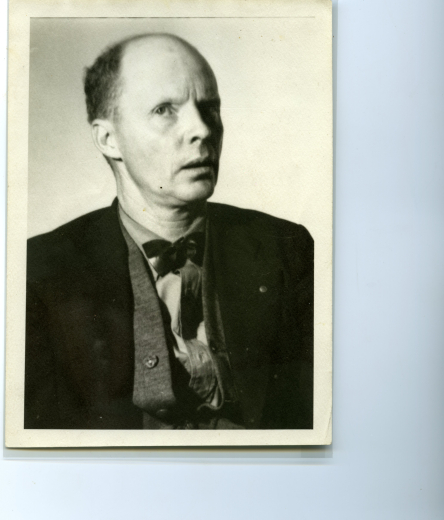Railroad photographer who predominantly photographed railroads in Colorado. He also took photos of railroads in all 48 continental United States. He was able to capture the history of railroads in the Rocky Mountains through his photography.
Otto Conrad Perry was born on December 21, 1894, in Kansas City, Missouri. He was the first child of Frank and Clara Maude Perry. Otto had two sisters named Viola and Nellie May and a brother named Elmer. His father worked as a painter and as a streetcar motorman. Otto’s father would sometimes take Otto with him during his work, where Otto got to see railroads for the first time. Otto learned to love trains at a young age and spent time in railroad yards observing them.
In 1896, the Perry family moved to St. Louis, Missouri, where Otto attended the McKinley School. Otto was a gifted child, but ended his formal schooling after he completed the eighth grade. In 1907, the Perry family moved to Denver, Colorado, due to some health issues Elmer was facing. There, Otto's family operated a rooming house, which all the children helped run.
In 1910, Otto started working for Western Union delivering telegrams. Otto excelled at delivering telegrams on his bike, including on 200-mile round trips. He sometimes biked all the way from Denver, Colorado, to Cheyenne, Wyoming. In 1912, Otto accepted a position to do special deliveries for the U.S. Postal Service on his bike. Otto spent his career delivering telegraphs and mail. However, his photography of railroads was his real lifelong passion.
The Denver and Rio Grande system, which went from Denver to Colorado Springs, was completed in 1871. It was later extended to include more cities along the Front Range. The Moffat Tunnel line was completed in 1928, which was directly west of Denver and cut through the Continental Divide. Another important railroad was the Union Pacific Railroad, which was finished in 1869. Creating railroads in the West helped to tame the land and created infrastructure. Necessary materials were transported faster across the country using railroad systems, boosting the economy in the United States.
By 1913, Otto realized that he loved photographing railroads. He originally used his father’s box camera, but by 1915 he was able to purchase his own Kodak 3A camera. By 1917, Otto had experimented with using a glass plate camera, but was back to using film by 1918.
During this time, Otto was drafted into WWI and was stationed with the 148th Field Artillery. Otto trained in the United States before he was sent off to war in England and in France. However, the war ended with an armistice before Otto even went to the front. Otto was also part of the Colorado National Guard during his lifetime.
When Otto returned from the war, he was a regular mailman. He purchased a Graflex camera and could now photograph trains both still and in action. Otto started off taking photos of trains on an Indian motorcycle and eventually upgraded to a large Harley-Davidson motorcycle. He then moved on to drive a Ford Model T, but he was famous for driving a 1935 Ford V8 car. He had racked up over 300,000 miles on his Ford V8 car, capturing photos of trains. While most of his photos were captured in Colorado, he traveled to all 48 continental U.S. states to take pictures of railroads. Otto also traveled to Canada, Mexico and Western Europe to capture the history of the railroad.
Right before the United States entered WWII, Otto was arrested for suspicious behavior and possible espionage in Woodward, Oklahoma. Otto was only trying to take pictures of railroads in the town, but policemen thought he was a spy photographing American trains for the enemy. Otto was imprisoned for a night, but released after they realized he was a mailman and they had no evidence of him being a spy. Otto then tried to sue the town, but the police officers claimed they were just doing their job. Otto dropped his lawsuit against the town when he couldn't find a lawyer who would represent his case.
During WWII, there was a ban on railroad photography, but this never stopped Otto. He would continue to take photos of trains in action without even needing to get into a rail yard.
In 1957, Otto retired from the United States Post Office, but he continued to drive a parcel truck. He did not increase the amount of traveling he did even though he retired, but he did continue his railroad photography. He died in his home from illness on December 23, 1970. His funeral was filled with people who wanted to pay their respects to the legendary photographer.
Otto started taking photos of railroads in 1913 and captured an entire history of railroads in 57 years. Otto produced over 20,000 negatives, which are now part of Denver Public Library’s Special Collections and Archives. He had been a member of the Rocky Mountain Railroad Club since the club established in 1938. Otto was a lifelong bachelor and railroad fanatic. He also captured some photos of buses, planes, airships and boats. Otto recorded the Denver and Rio Grande Western Railroad the most in his photography. He photographed railroads that were between rough mountain terrain, which was very rare at the time. His contribution to preserving the history of railroads in the Rocky Mountains is extraordinary.
Predominantly - mostly
Continental - relating to inside of the continent
Rooming House - A private house where rooms can be rented.
Infrastructure - the necessary underlying structure of a system
Drafted - when a person is selected to join the military without having any choice in the matter
Stationed - where someone is located
Armistice - An agreement between two sides to stop fighting a war.
Front - where the battle actually happens in a war
Espionage - spying, usually to get information for political and economical reasons
Terrain - land
Tame - to make something easier to control
Colorado National Guard - This is part of the United States Army. This includes members who are currently in the reserves, but they can be called into action at any time.
Have you ever seen a railroad track in Colorado? What was it like? If not, where could you go to see some railroad tracks?
Have you taken a train ride in Colorado? What did you think of it? Can you imagine building railroad tracks that go through the mountains?
Is there anything you love so much, you would take 20,000 photos of it? If not, how come?
Otto Perry Papers ( This includes some letters, postcards, photos, and documents from the life of Otto Perry. These can be viewed in person on the 5th floor of the Denver Central Public Library)
Otto Perry's photographs in the Denver Public Library Digital Collections
Books on Otto Perry and his photography at the Denver Public Library
Otto Perry: Master Railroad Photographer
Otto Perry and the Union Pacific Nebraska Division
Some Notes and Recollections of Otto Perry
The Golden Age of Railroading in America's Heartland: the Photography of Otto Perry
Railroads in the American West
Western History Railroading Resources ( A guide to learning more on railroads in the West)
More Colorado Railroad Photographs in the Denver Public Library Digital Collections

